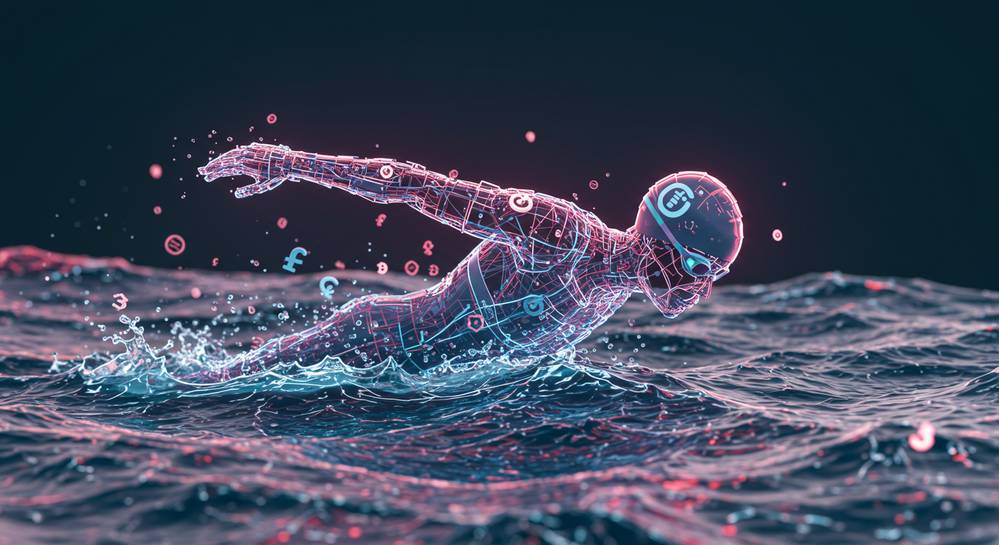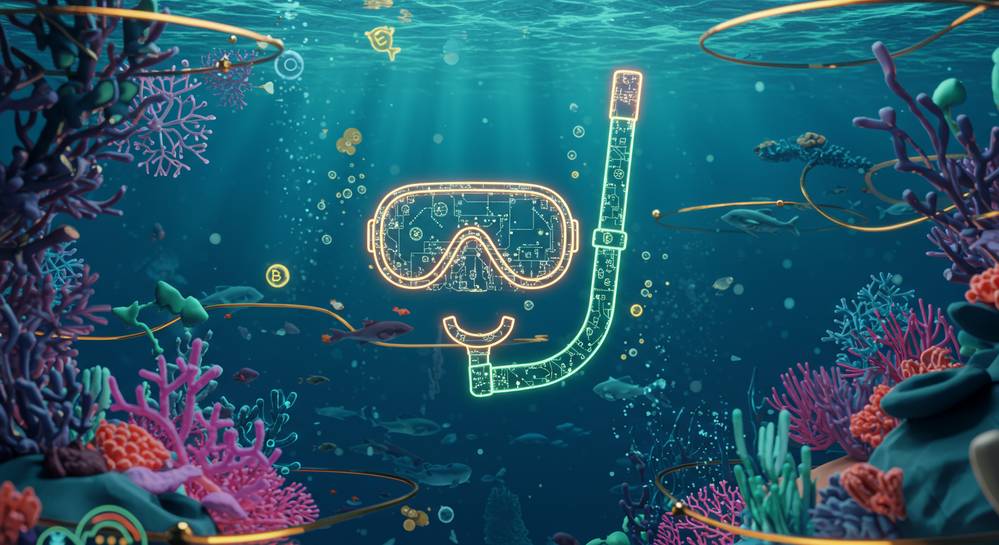The triathlon swim can often be the most daunting segment for many athletes. It’s not just about speed; it’s about navigating open water, managing anxiety, and conserving energy for the bike and run. Understanding how to prepare for a triathlon swim effectively is crucial for a confident start and a successful race overall. This guide delves into the essential training, techniques, and mental preparation needed to tackle the swim with prowess and precision.
Mastering Open Water Techniques for Triathlons

Transitioning from pool to open water challenges triathletes. Effective preparation for a triathlon swim demands specific techniques. Variable conditions, limited visibility, and competitor proximity require a distinct approach, crucial for a confident race start.
Mastering Sighting for Open Water
Sighting is vital for direction. Briefly lift your head every 6-8 strokes, integrating a quick breath. Prioritize fixed landmarks over buoys, which are often hard to spot. This precision prevents detours and conserves energy.
Effective Drafting Strategies
Drafting conserves energy by reducing drag behind another athlete. Position directly behind or slightly to the side of a strong swimmer. Practice in group sessions for comfort. Maintain pace without interfering, ensuring efficient energy saving.
Navigating Mass Start Dynamics
Triathlon mass starts are chaotic, demanding physical and mental readiness. Position strategically based on speed. Develop a strong, consistent stroke to handle jostling. Focus on controlled breathing and composure.
Building Endurance and Strength in the Pool

While open water practice is vital, the foundation for how to prepare for a triathlon swim is built in the pool. Structured pool sessions are crucial for developing aerobic capacity, muscular endurance, and stroke efficiency. Consistent training allows for precise technique refinement and measurable progress.
Structured Interval Training
Interval training boosts speed, power, and lactate threshold. Alternate high-intensity swimming with recovery. Perform 10x100m at race pace with short rests. Varying strokes engages muscle groups, preventing overuse and improving swim fitness.
Building Swim Endurance
Integrate longer, continuous swims to build stamina. These sessions should mimic or slightly exceed race distance at a sustainable pace. Focus on consistent form and rhythm. This adaptation to sustained effort is crucial for a strong triathlon swim.
Technique Drills for Efficiency
Efficient swimming minimizes energy expenditure. Incorporate drills targeting specific stroke aspects: catch, pull, and kick. Use pull buoys and kickboards to isolate muscle groups. Video analysis or coach feedback provides invaluable insights for improving stroke efficiency.
Essential Gear and Acclimatization for the Swim

Beyond physical training, how to prepare for a triathlon swim involves essential gear and acclimatization. Proper equipment enhances performance, safety, and comfort. Acclimatization reduces anxiety, ensuring readiness for varied race day conditions.
Selecting the Right Wetsuit
A triathlon-specific wetsuit provides buoyancy, warmth, and hydrodynamics. Ensure a snug fit with full shoulder mobility. Practice swimming in it before race day, ideally in open water, to prevent chafing. Regular sports equipment maintenance also prolongs its life.
Goggles and Swim Cap Essentials
Reliable goggles are crucial for visibility and comfort. Choose a leak-free pair with appropriate tinting for conditions. Always have a backup. Wear the race-provided swim cap, adding a personal bright one underneath for warmth and visibility if desired.
Acclimatizing to Water Temperature
Cold water can induce shock and stiffness. Train in similar temperatures if possible. Gradually expose yourself to cooler water for adaptation. On race day, enter the water early to adjust, significantly reducing pre-race jitters.
Race Day Strategy and Mental Preparation
The culmination of physical training for how to prepare for a triathlon swim arrives on race day. Mental fortitude and a clear strategy become paramount. Even the most prepared athlete can falter under pressure without a strong mental game. A well-thought-out plan, combined with effective anxiety management, ensures a confident and controlled triathlon start.
Pacing Your Triathlon Swim
Resist the urge to start too fast, especially in a mass start. Develop a sustainable pace that allows completion of the swim without exhausting energy for the bike and run. Practice varying paces in training to understand your limits. A steady, controlled effort early on often leads to passing others later.
Race Day Nutrition and Hydration
Pre-race consumption significantly impacts performance. Focus on easily digestible carbohydrates and maintain hydration. Avoid trying new foods on race day. A light, familiar breakfast at least two hours prior ensures energy stores are topped up without digestive distress.
Conquering Pre-Race Anxiety
Nervousness before a triathlon is natural. Combat anxiety with visualization, imagining a smooth, strong swim. Focus on slow, deep breaths. Establish a clear pre-race routine, from racking your bike to wetsuit donning, to create control and familiarity. Trust your preparation; you are ready.
Preparing for a triathlon swim demands a holistic approach, blending physical conditioning with mental fortitude and tactical awareness. By diligently practicing open water skills, building your pool endurance, mastering your gear, and refining your race day strategy, you’ll transform potential challenges into triumphs. Embrace the journey, trust your training, and dive into your next triathlon with unwavering confidence. For more expert insights and training tips, explore Sporting Currents.


